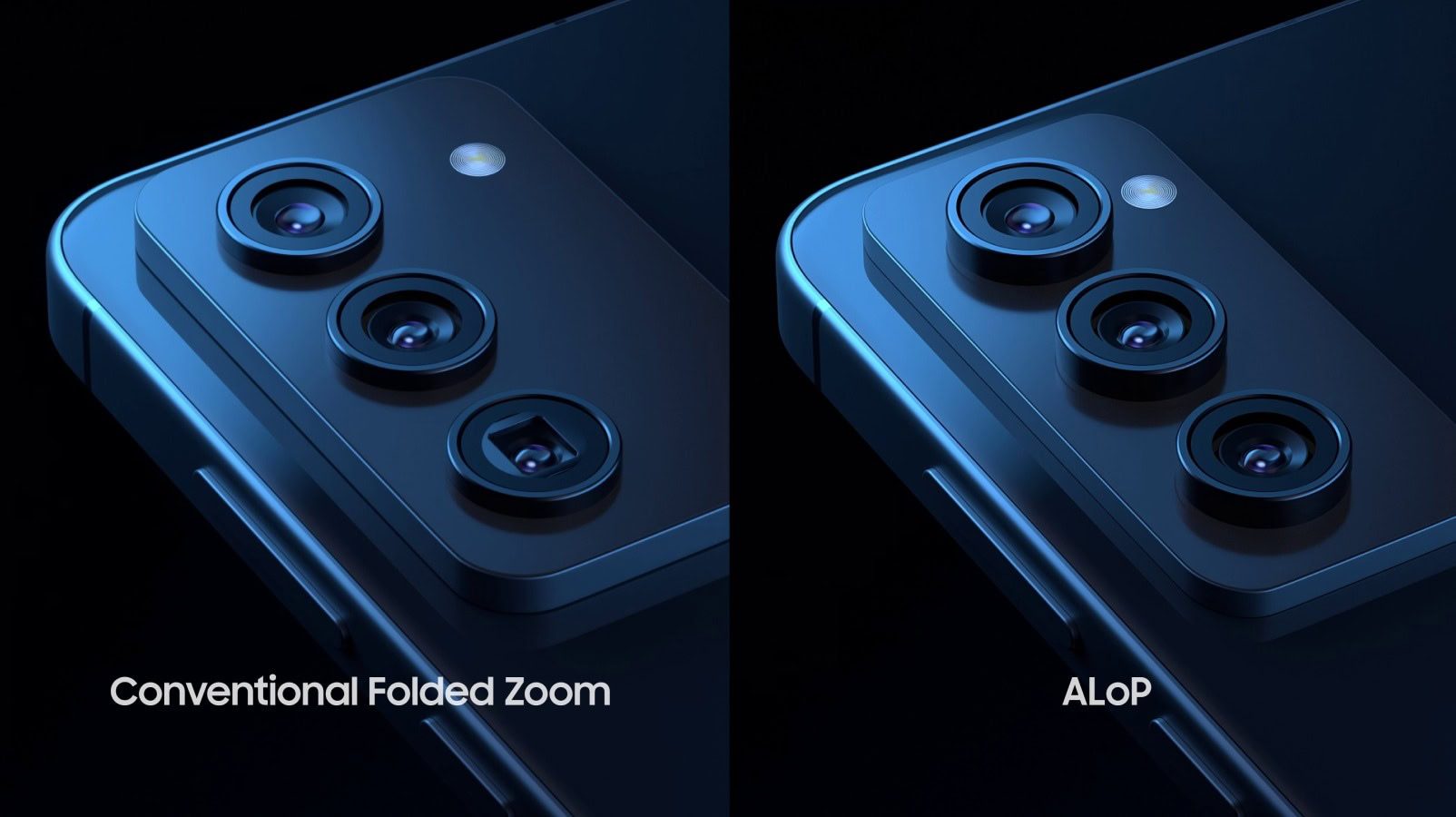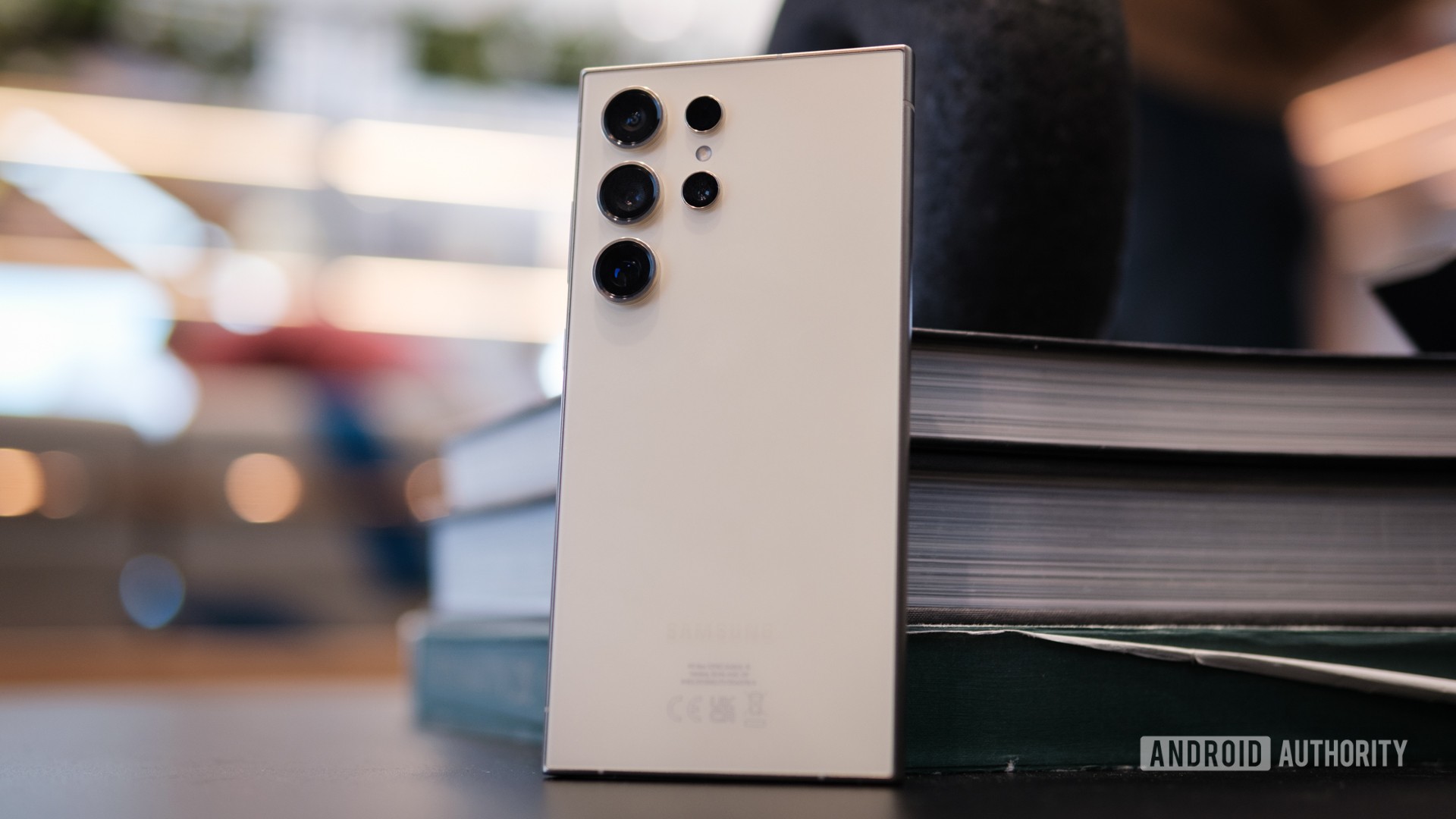Robert Triggs / Android Authority
TL;DR
- Samsung has announced a new type of periscope camera dubbed an All Lenses on Prism (ALoP) camera.
- This tech rejigs the layout of the periscope camera to deliver a smaller module and wider aperture.
- This should enable a smaller camera bump and improved low-light image quality as a result.
Periscope cameras are a fixture on the best camera phones, using prisms and/or mirrors to enable long-range zoom. One of the biggest downsides to this tech is that it takes up a lot of space, but Samsung has revealed a solution.
Samsung Semiconductor (h/t: r/android) recently announced All Lenses on Prism (ALoP) technology, and this rearranges the structure of a periscope camera. Conventional periscope cameras place the lenses between the prism and image sensor (see first image below), but Samsung’s ALoP camera tech moves the lenses ahead of the prism (see second image).
So what are the benefits of this change? Samsung says this arrangement enables a wide aperture (f/2.58), delivering improved low-light image quality and reduced noise. The new camera module is also apparently 22% shorter in length than a periscope camera. Samsung also claims a reduced module height, but an accompanying image (seen below) suggests that this height reduction is negligible.

It’s worth noting that we’ve already seen periscope cameras with even wider apertures (as low as f/2.1), but this new solution would allow for similarly wide apertures in a smaller form factor. This reduced size would be ideal for brands wanting to use two periscope cameras in one device or for OEMs wanting to squeeze a bigger battery into their phones. We’re also guessing ALoP cameras could get even wider apertures at the expense of size.
Would you buy a phone without a zoom camera?
303 votes
This isn’t the only periscope camera innovation we’ve seen in recent years. OPPO says the 3x camera on its Find X8 series is the first “inverted” periscope camera, claiming a 33% smaller module size as a result. Apple’s iPhone 15 Pro Max also debuted a so-called tetra-prism folded zoom camera for improved zoom in a smaller module. We’ve also seen ultra-high-resolution periscope cameras in the last few years, enabling high-quality cropped zoom and improved hybrid zoom.
Nevertheless, we’re keen to see the first phones with an ALoP camera. Samsung’s conservative approach to camera hardware means I’m not holding my breath for this tech to debut on the Galaxy S25 series, but here’s hoping I’m wrong.
We’ve asked Samsung Semiconductor for more details about ALoP camera technology (e.g. maximum focal length, support for 200MP cameras) and will update the article accordingly.

